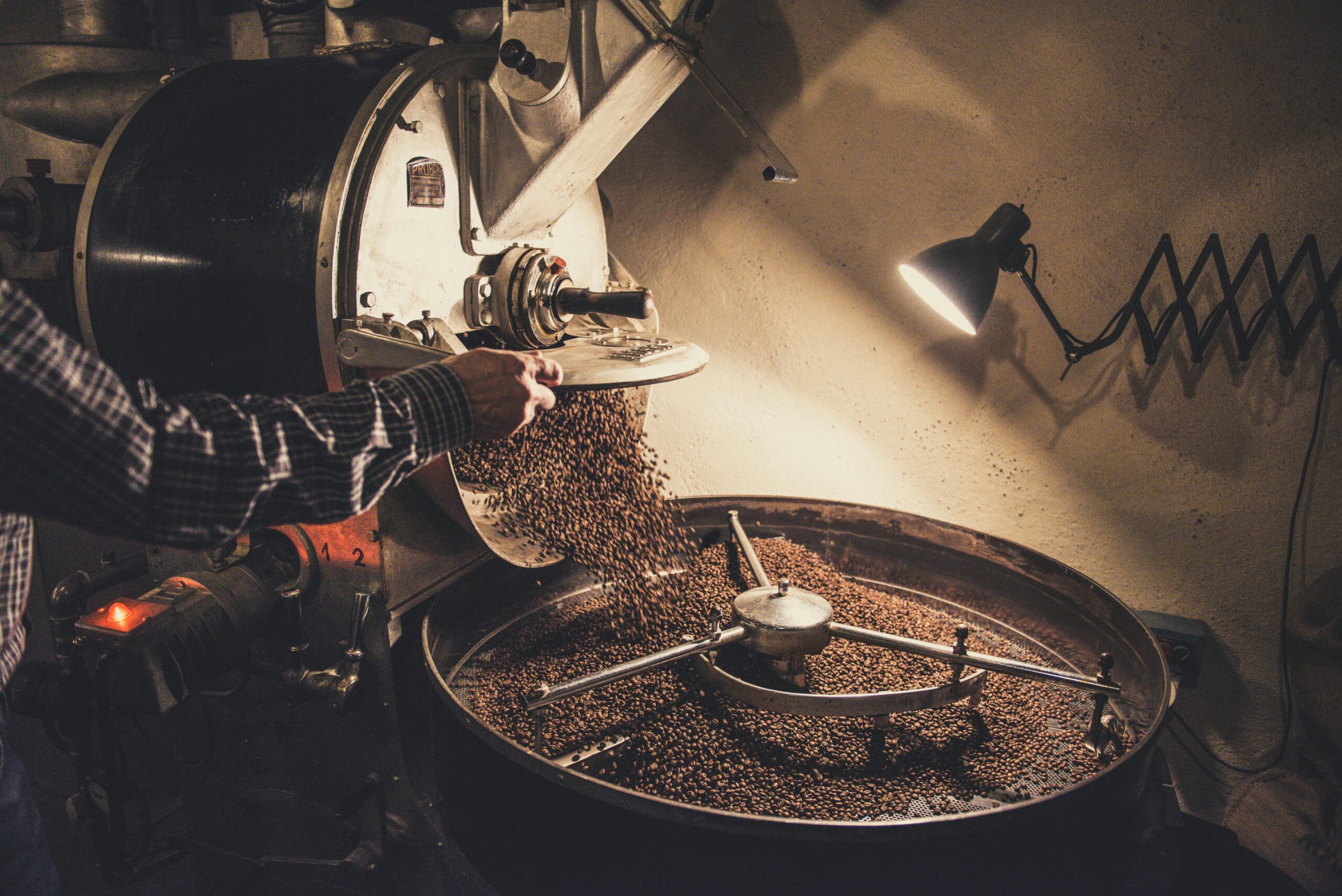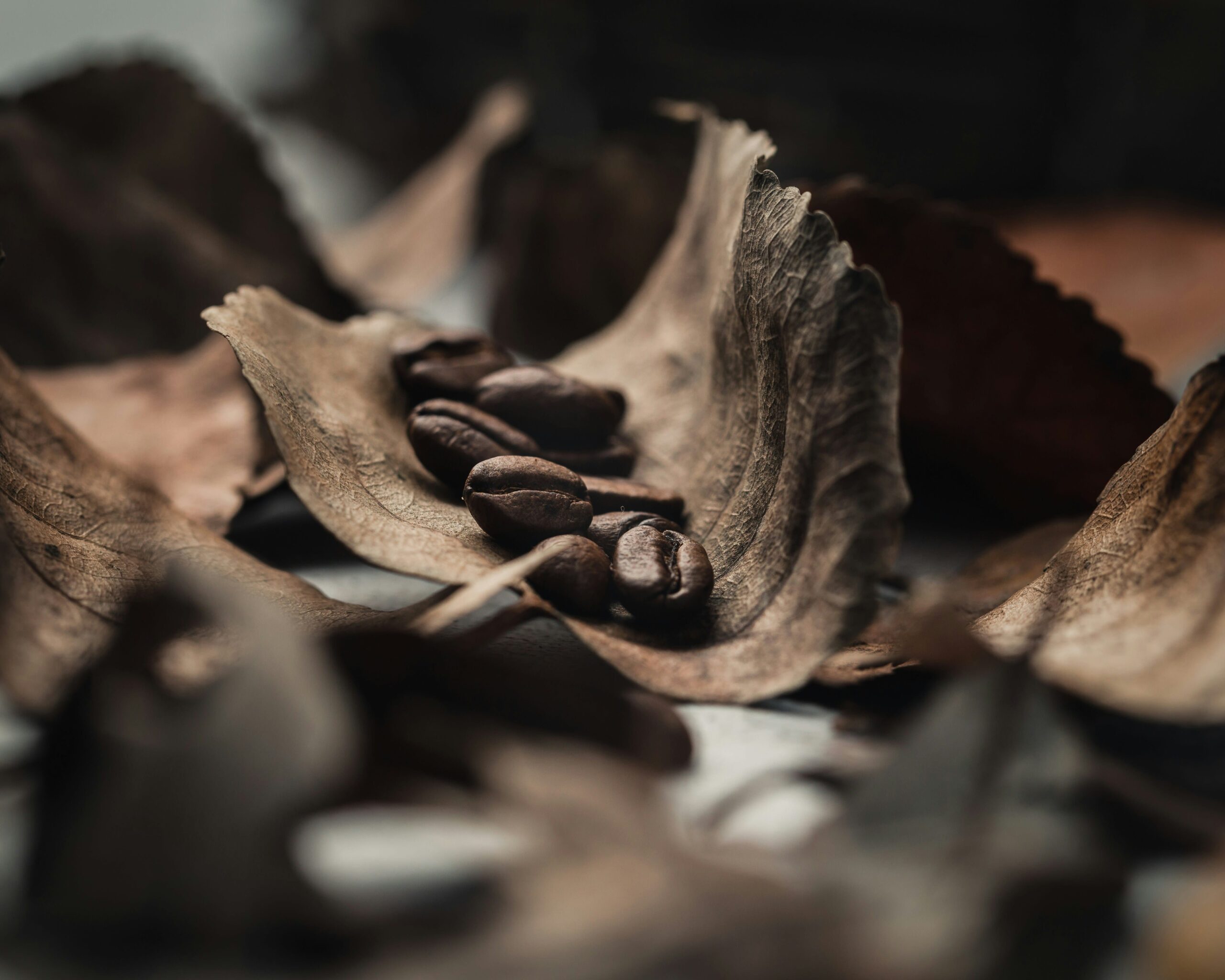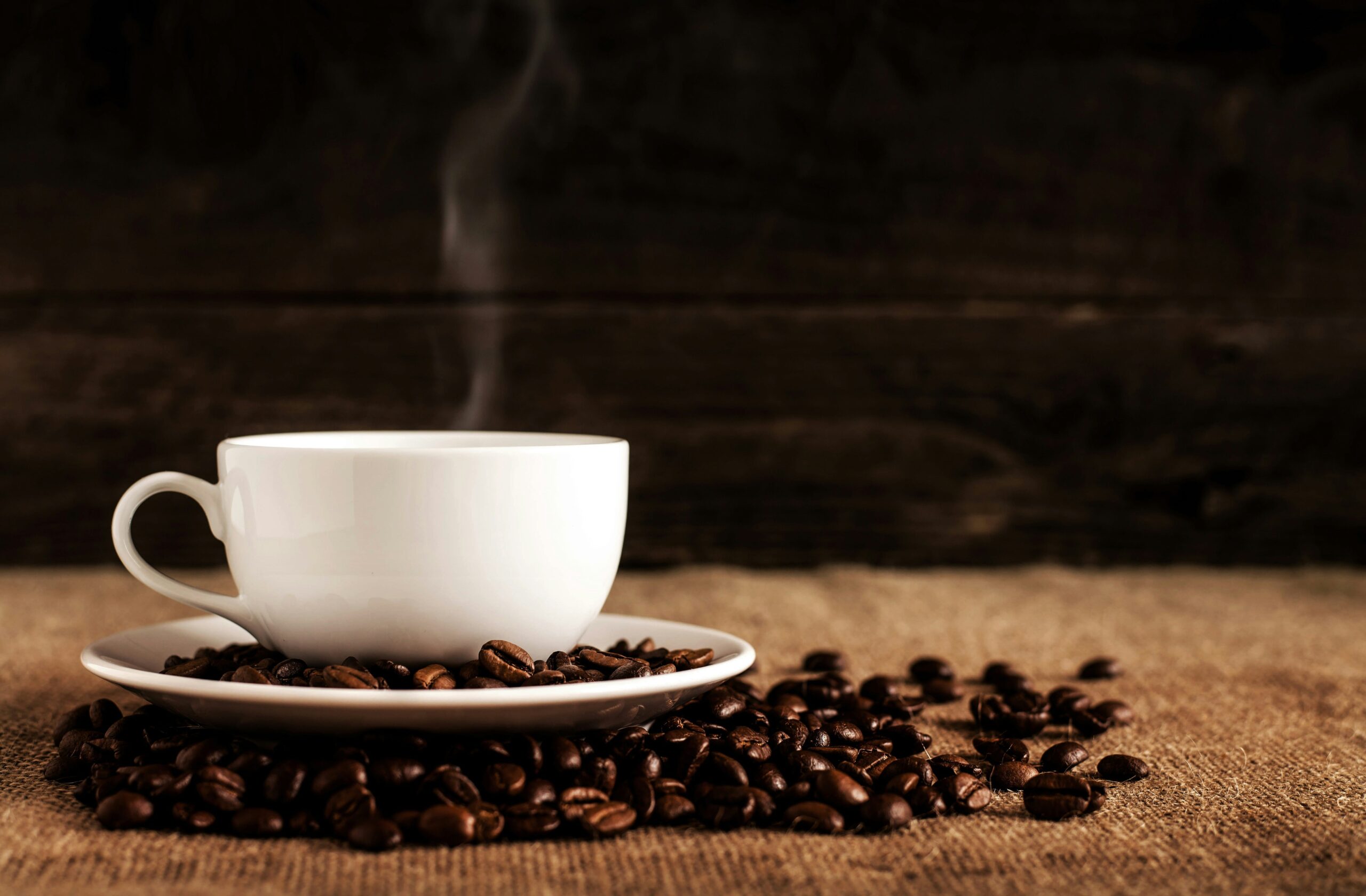20 COFFEE FACTS YOU NEED TO KNOW
Here at U3 Coffee, we believe that the more you learn about coffee, the more you’ll feel connected to the people who produce it, the more you’ll value its subtle complexities, and the more you’ll be empowered to choose roasts you’ll love from companies you’re proud to support.
Our LEARN page is full of interviews, recipes, articles, and videos for you to explore. But to get you started here are some of our favorite facts about our beloved coffee culture and the booming coffee industry!

10 FUN FACTS ABOUT COFFEE CULTURE
1. ON AVERAGE, AMERICANS SPEND $2100 EACH YEAR ON COFFEE.
Americans have a special place for coffee in our yearly budgets. Women tend to spend slightly more—an average of $2327 per year—compared to men—who spend about $1934 each year. Most of us aren’t spending that money on café runs, though; in fact, most Americans spend less than $20 per month at coffee shops. Ground coffee clocks in with the greatest share of the market in the US, although whole bean coffees are on the rise. We may be a little biased, but we think spending money on incredible coffee is a worthwhile investment!
2. Drinking coffee may lower your risk for stroke.
In a study of more than 83,000 nurses, researchers found that participants who drank four or more cups of regular coffee had a 20% lower stroke risk, and participants who drank two or more cups of decaffeinated coffee per day were 11% less likely to have a stroke. In fact, coffee drinking is associated with numerous health benefits, including a lower risk of developing type 2 diabetes, reduced incidence of colon cancer, and a decreased chance of malignant melanomas.
3. Beethoven brewed 60 beans every day.
Think you’re particular about weighing and measuring for the perfect ratio? Beethoven’s system was simpler but just as fastidious. He counted out exactly 60 beans to brew his daily coffee, which he believed was the ideal amount. That equates to about 8g of coffee, which he ground himself and brewed in a drip system he invented. We respect that kind of dedication to the perfect cup!
4. Caffeine consumption is probably safer than you think.
A systemic review from the International Life Sciences Institute found that, for most healthy adults, consuming up to 400 milligrams of caffeine a day is “not associated with overt, adverse side effects.” To put that in context for us coffee lovers, that’s about the equivalent of 4 cups of coffee a day. So rest easy when you pour that third cup of the day, and just savor it!
5. Americans drink an average of 2.8 cups of coffee per day.
Americans may think of themselves as an especially caffeinated people—after all, an average of almost 3 cups a day is pretty impressive! But it turns out that Americans don’t even rank in the top 20 of coffee-drinking countries. Worldwide, the top five coffee-loving countries are Finland, Norway, the Netherlands, Slovenia, and Austria.

6. Cold coffee drinks are rapidly gaining fans.
Turns out that cold coffee is pretty hot these days! According to the National Coffee Association, the popularity of iced coffee surged a whopping 64% in 2023! Cold brew coffee is also gaining a dedicated following. In 2019, 61% of people surveyed said they were “unaware of cold brew.” Fast-forward just four years to the fall of 2023, and 73% of people surveyed said they “drink cold brew on occasion.” Not only that, but 60% of people said they “drink cold brew regularly.”
7. Coffee is America’s drink of choice.
According to the National Coffee Association, more Americans drink coffee every day than any other beverage—juice, tea, soft drinks, and if you can believe it, even water! Our neighbors here in the Midwest have the strongest coffee commitment, with 67% of people reporting that they’d consumed coffee in the past 24 hours. The Northeast and West aren’t far behind, each with 63%, and even in the fourth-place position, the South clocked in at 61%!
8. The caffeine in a cup of decaf is equivalent to the amount in a serving of milk chocolate.
That’s right, decaf coffee isn’t completely free of caffeine. The decaffeination process typically removes up to 97% of the caffeine in the beans, but that leaves a small amount—usually around 2mg per cup, about the same as the amount of caffeine in a serving of milk chocolate. Compared to regular coffee, which typically has about 95 mg of caffeine per cup, that’s a significant reduction!
9. Coffee can enhance mental performance.
You know that incredible feeling of focus and flow you get after your first cup of coffee? Turns out that’s not in your head! Numerous scientific studies have shown that caffeine can boost cognitive functions like “attention, vigilance, and reaction time.” There’s some debate on the ideal dose, but most studies suggest between 32mg and 300mg is ideal—which works out to about 1 to 3 cups of coffee. Coffee drinking has also been linked to a lower incidence of dementia.

10. Mushroom coffee is still, well, coffee.
With everyone from health experts to influencers touting the benefits of mushroom coffee, we’re here to tell you: mushroom coffee is more than just mushrooms. In fact, it’s a combination of ground mushrooms and ground coffee. The mushrooms reduce the amount of caffeine in each cup, which can be great for people who are sensitive to caffeine. There’s limited research about the benefits of adding mushrooms to coffee, but the good news is that coffee has been linked to lots of health benefits all on its own.
10 Facts about the Coffee Industry
1. Coffee production is growing worldwide.
In 2022/2023, global coffee production increased by 0.1%. We know—that sounds tiny, right? But let us put it in perspective for you: That equates to a total of 168.2 million bags of coffee produced that year! And certain areas saw much larger growth. Brazil, for example, saw an 8.4% rise in production. And more growth is on the way—the International Coffee Organization predicts global production will increase by 5.8% in 2023/2024. We think that’s worth celebrating!
2. Specialty coffee is gaining traction in the US.
While specialty coffee—coffee that scores 80 points or more out of 100 points using the Specialty Coffee Association’s standards—makes up only 8% of US coffee sales, specialty coffee sales are increasing 20% each year. Let’s raise a mug to millennial and Gen Z coffee connoisseurs, who are a big part of fueling that growth! The NCA found that 51% of Americans aged 18 to 24, and an incredible 65% of Americans between the ages of 25 and 39, had enjoyed specialty coffee in the past week.

3. Weather dramatically affects coffee production.
Coffee plants have very specific needs in order to thrive. They require warm temperatures, consistent watering, and nutrient-rich, well-draining soil. Over the past few years, weather patterns have made coffee farming more challenging. In Asia’s coffee-growing regions, especially Indonesia and Vietnam, the El Niño phenomenon has created hotter, drier weather that can have a negative impact on the region’s Robusta crop yields. For us, that’s a sobering fact that all coffee professionals, and all coffee lovers, should consider.
4. Fairtrade helps producers navigate the boom-and-bust trade cycles.
Because of factors like adverse weather and crop disease, the green coffee market is notably unpredictable, which can result in major shifts in pricing from season to season. But 125 million people around the world rely on coffee as a source of income, and that instability can have devastating consequences. Fairtrade guarantees that coffee producers can rely on at least the stable Fairtrade Minimum Price for their coffee, which is critical in years where market prices are low. We believe that supporting coffee farmers and producers is the foundation of sustainability.
5. The coffee industry is a major employer in the US.
From roasters to baristas to equipment technicians and accountants, the coffee industry accounts for more than 2.2 million jobs in the US alone and more than $100 million in wages. That translates into 1.3% of the national economy, and coffee sales generate more than $38 million in local, state, and federal taxes. That means every sip you take supports a booming economic ecosystem! Cheers to that!
6. Americans drink enough coffee to fill 4 Olympic-sized pools every day.
The National Coffee Association estimates that Americans drink around 440 million cups of coffee each day. The vast majority of coffee drinkers in America—a whopping 81%—drink their coffee with breakfast, while 19% use it as an afternoon pick-me-up. As far as we’re concerned, there’s never a wrong time to indulge and enjoy!
7. The caffeine from decaffeinated coffee doesn’t go to waste.
Decaf coffee beans start out like any other green coffee; the caffeine is later removed using either water or chemical solvents. That removed caffeine can be recovered though. The crude caffeine powder is sent to refineries, where impurities are removed, and then is sold to other companies to add to everything from soft drinks to supplements. We’re proud that our Decaf Tarrazu Estate coffee is decaffeinated using the Swiss Water Process (SWP), which means no chemicals! Instead, SWP uses water, temperature, and time to remove the caffeine. That preserves the coffee’s original characteristics and is more environmentally sustainable, and we think that’s worth the wait!

8. Coffee farming takes patience.
Newly planted coffee seeds take around 3 to 4 years before they grow their first fruit—called “cherries.” It takes 6 to 8 years before the plants reach their full fruit production. But that nurturing and dedication has a pretty incredible payoff—coffee plants can live up to 100 years!
9. Five countries produce 74% of the world’s coffee.
Because of coffee’s very specific environmental needs, most of the world’s coffee is grown between the Tropic of Cancer and the Tropic of Capricorn. The vast majority of the world’s coffee supply comes from five countries: Brazil, Vietnam, Colombia, Indonesia, and Ethiopia.
10. The majority of coffee comes from small farms.
Sixty percent of the world’s coffee supply comes from farms of less than 12 acres. Smaller farms tend to make use of more sustainable agriculture methods, like agroforestry, in an effort to preserve their local ecosystems, which both benefits their production and protects their local communities. But they are also most acutely affected by the effects of climate change and of market fluctuations. When coffee drinkers like you actively support small farmers, you’re helping build a more equitable, sustainable system across the board.
And here’s a bonus fact (because who doesn’t love a good top-off, right?):

11. Coffee’s incredible aroma is the result of 50 different compounds.
If you pride yourself on being able to sniff out the freshest coffee, there’s science to back you up. During the roasting process, chemical reactions within the beans produce gasses, which are released from the beans over time. As part of the process, about 1,000 different volatile compounds begin to escape, including the ones that give the coffee its unique scent profile. Because these compounds are released at different rates, fresh roasts can smell distinctly different from beans that have been stored for several weeks. That’s also part of the reason that whole bean coffee maintains its freshness longer than ground coffee—grinding allows these gasses to be released at a much faster rate.
Let’s raise a mug to all of your new knowledge! We are excited to be creating a community united in love for and learning about coffee, and we’re so glad to be part of your coffee journey! While you’re here, check out the U3 Coffee Exchange for sustainably sourced coffees, hand-selected gear for creating your perfect brew, gifts for coffee lovers, and U3 merch!
